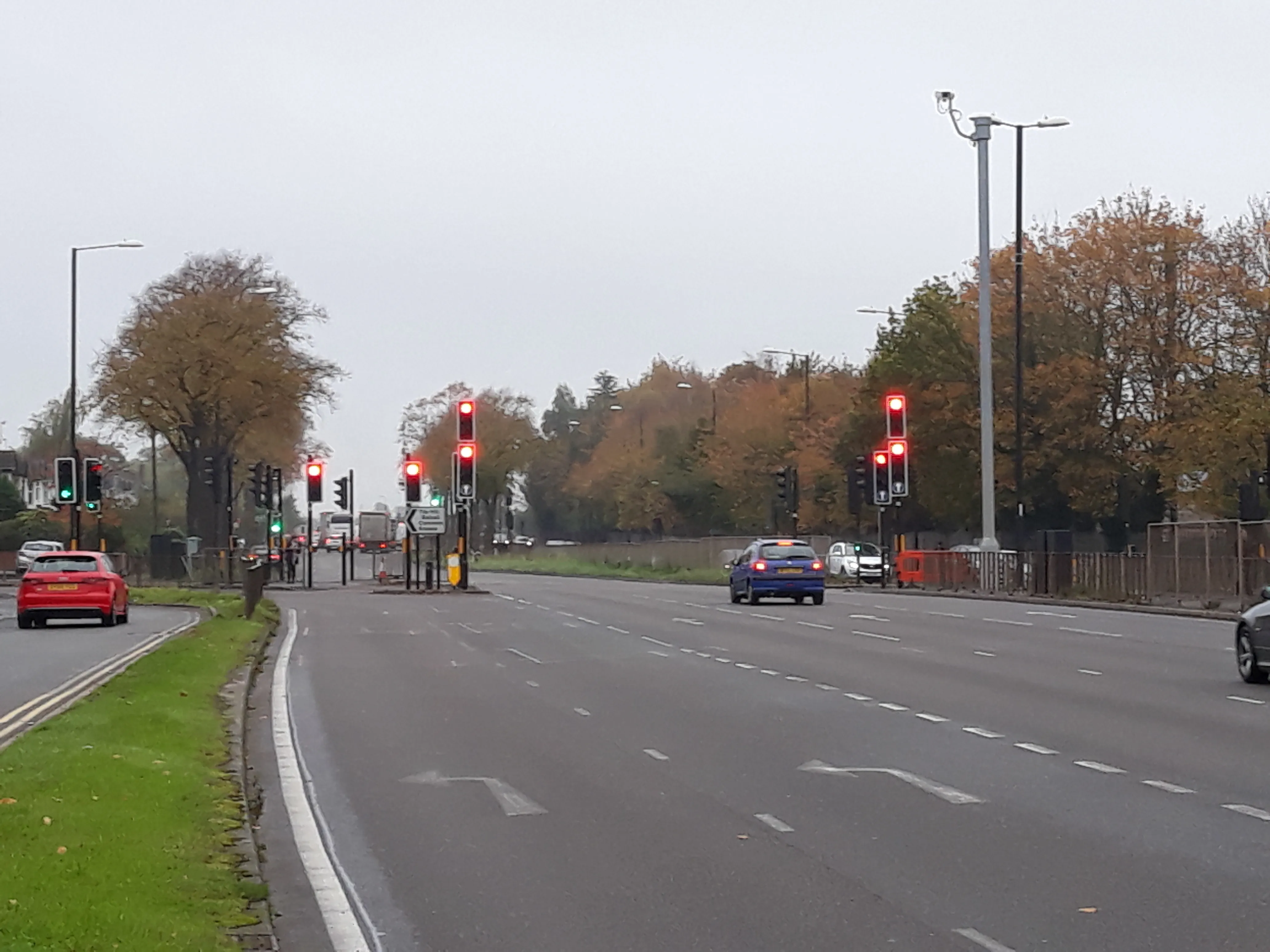
The UK city council has tapped into the National Productivity Investment Fund to renew the end-of-life traffic control equipment with the latest designs and management systems to improve network performance and reliability and reduce maintenance costs.
Most of the refurbished sites are signalised junctions located on the busy A45 with other sites on Tile Hill Lane, Vanguard Avenue, Herald Avenue and The Butts.
Following the recent completion of the design stages by Siemens, work is now underway to supply and replace equipment including new poles, controllers and signal heads. Siemens is also upgrading sites to MOVA and SCOOT control to ensure optimum operation.
Recent completion of the works saw all sites move to the Siemens Urban Traffic Control (UTC) system. This enables Coventry to migrate to intelligent network management with the deployment of Siemens Stratos, the company’s cloud-based strategic traffic management solution.
The advanced Siemens SLD4 loop detectors being used on this scheme feature sophisticated length-based classification for buses with configurable outputs to extend the green time. This allows public transport to continue rather than being held up at the signals.
Siemens UK division was established in the UK more than 170 years ago and now employs 15,000 people.






